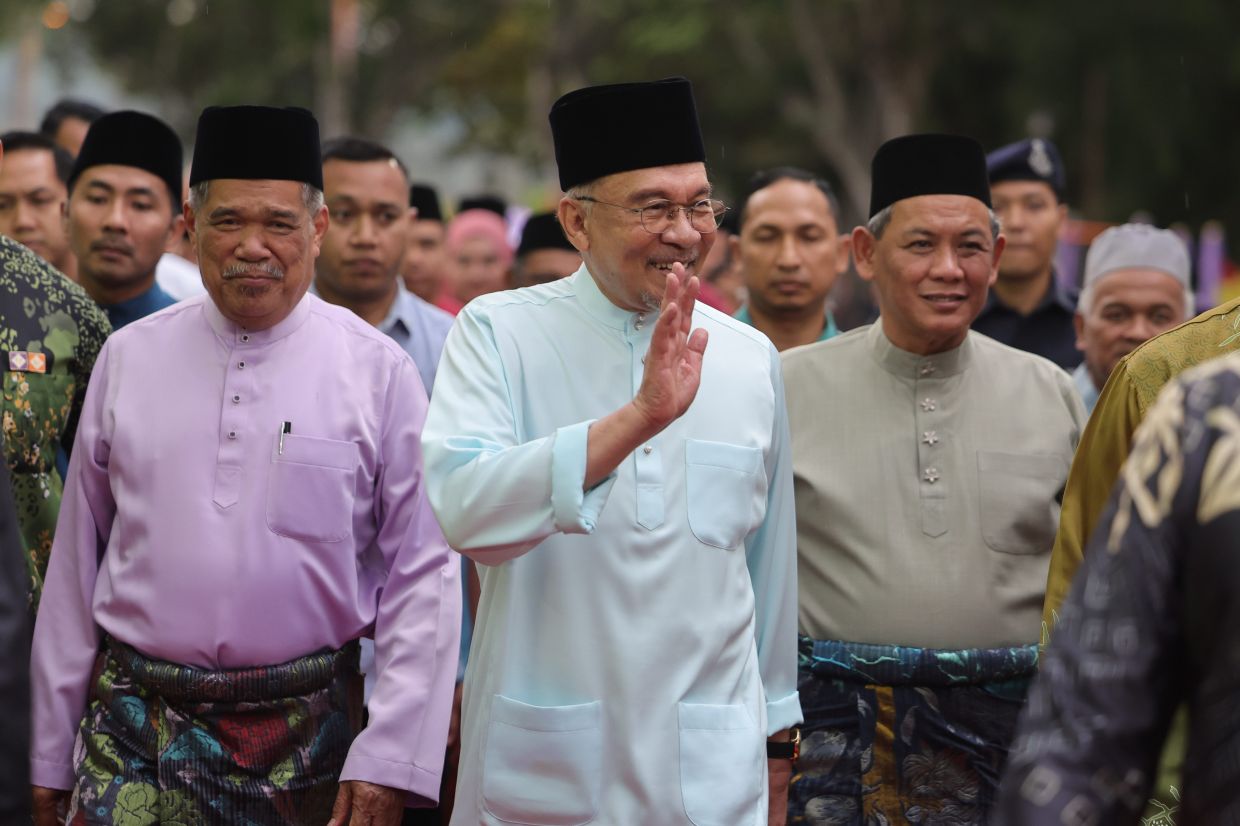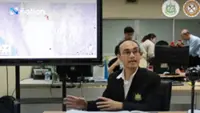
A new government initiative promises to help Indian toymakers scale up production capacity to compete internationally, further shrinking China’s share in the domestic market.
The Indian government will “very soon” announce a Production Linked Incentive (PLI) scheme for the toy industry, with a proposed outlay of US$424 million, said Ajay Aggarwal, president of the Toy Association of India.
Save 30% and win Bosch appliances! More Info









































